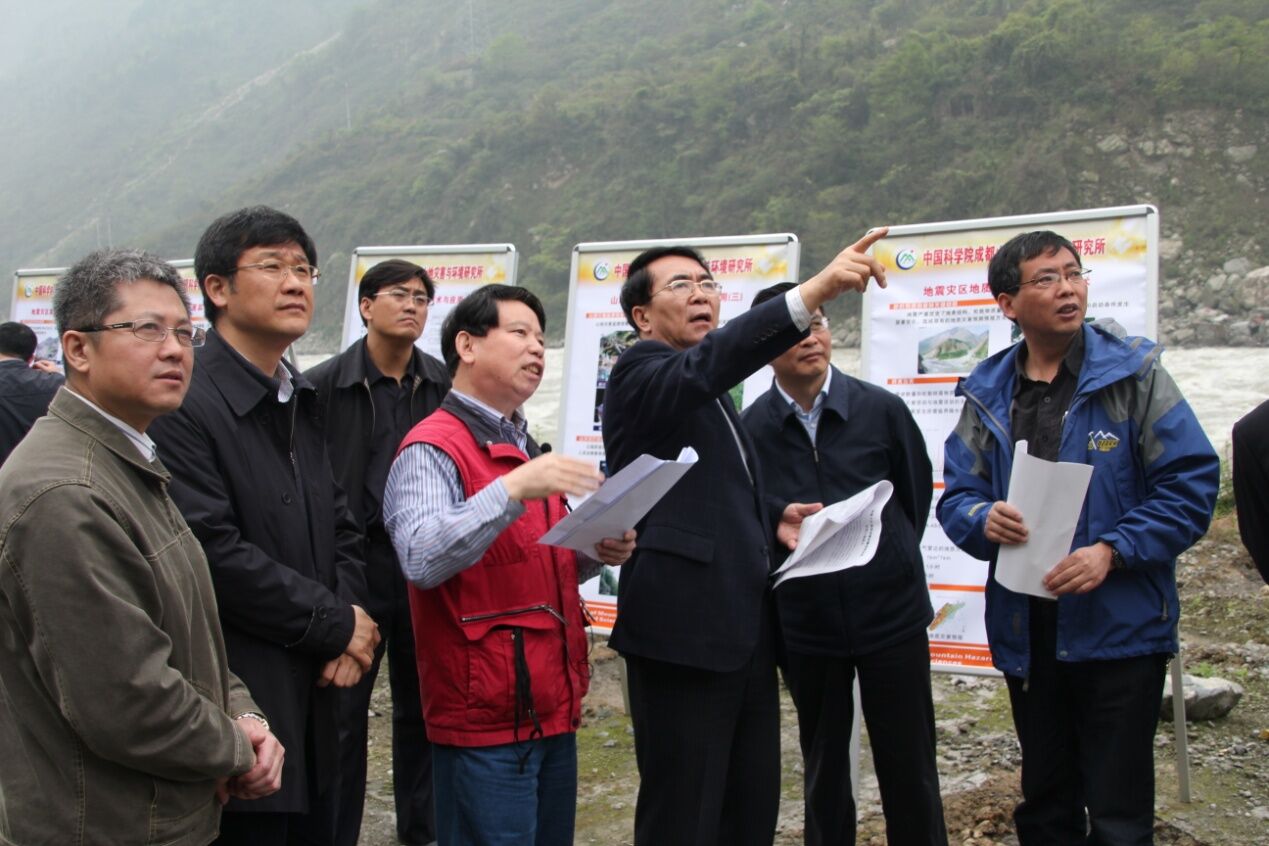Due to the global climate change and the frequent earthquakes in recent years, Tibetan Plateau and its surrounding area are recognized as regions vulnerable to high activity, strong fluidity and perilous large-scale mountain disasters, which usually lead to the formation of disaster chain. The continuous amplification in the process of disaster chain commonly leads to high casualties and serious economic losses. The major scientific issues concerned by the international academic community are to build a dynamic evolution physical model and to establish an efficient numerical algorithm, for the simulation of whole process of large-scale mountain disasters chain under complex terrain and the quantitative prediction of mountain disasters chain in time and space. To solve these major scientific issues, the team of Prof. Siming He took the landslides-barrier lakes-outburst floods disaster chain as the research object, innovatively divided the evolution process of disaster chain into three stages and constructed physical models and efficient numerical algorithms according to the physical laws followed by different stages respectively. The whole process simulation and dynamic analysis of disaster chain were formed through the data transmission and fusion. As a case study, the dynamic process of well-documented Yigong disaster chain has been simulated successfully (shown in Figure 1). This work could provide technical support for scenario deduction, risk assessment and disaster mitigation decision-making. Related research results have been published in the international academic journal of Nature Hazard (DOI 10.1007/s11069-017-3073-2).

Figure 1 Simulation of the dynamic process of Yigong disaster chian: landslide-barrier lake-outburst flood

